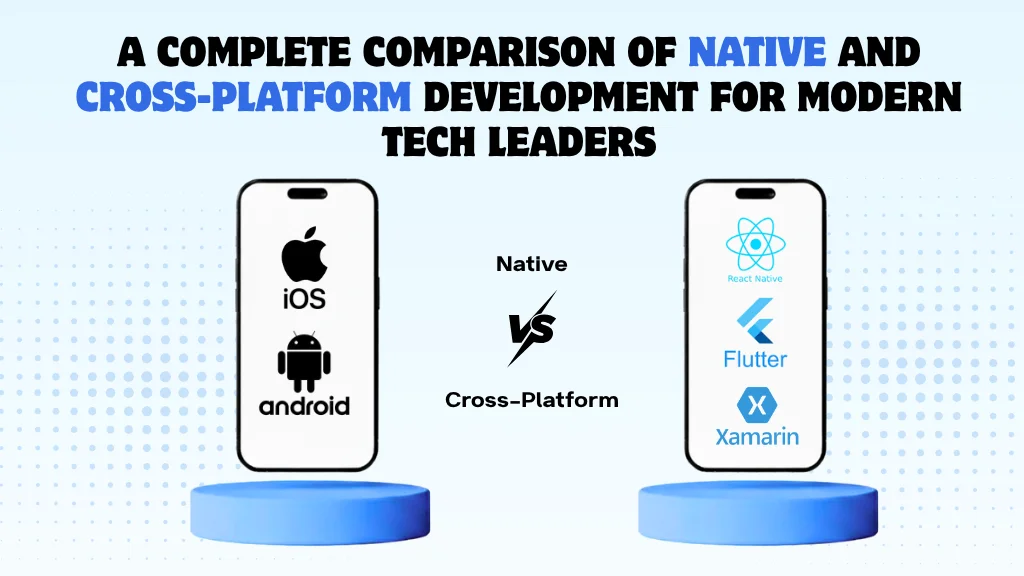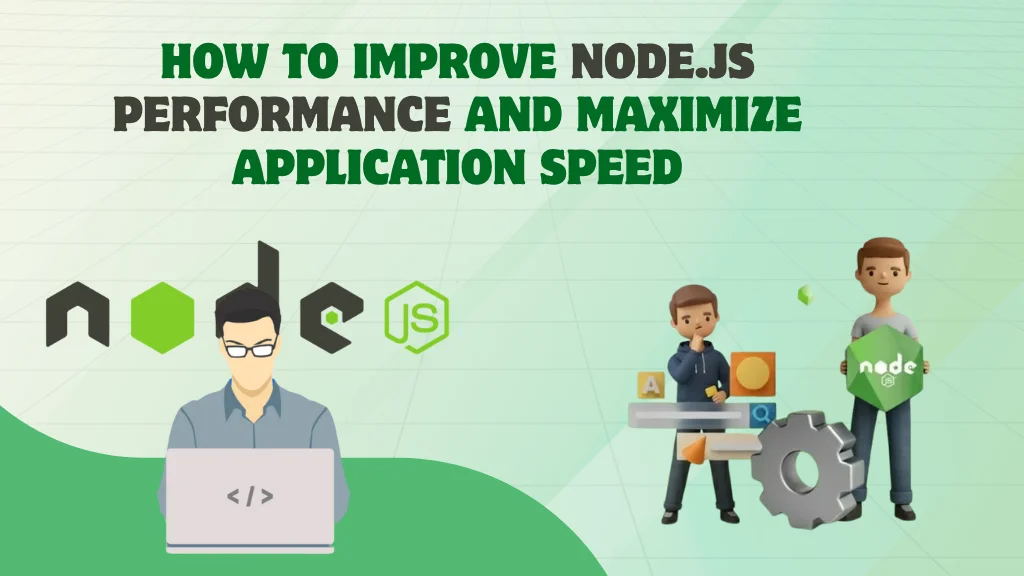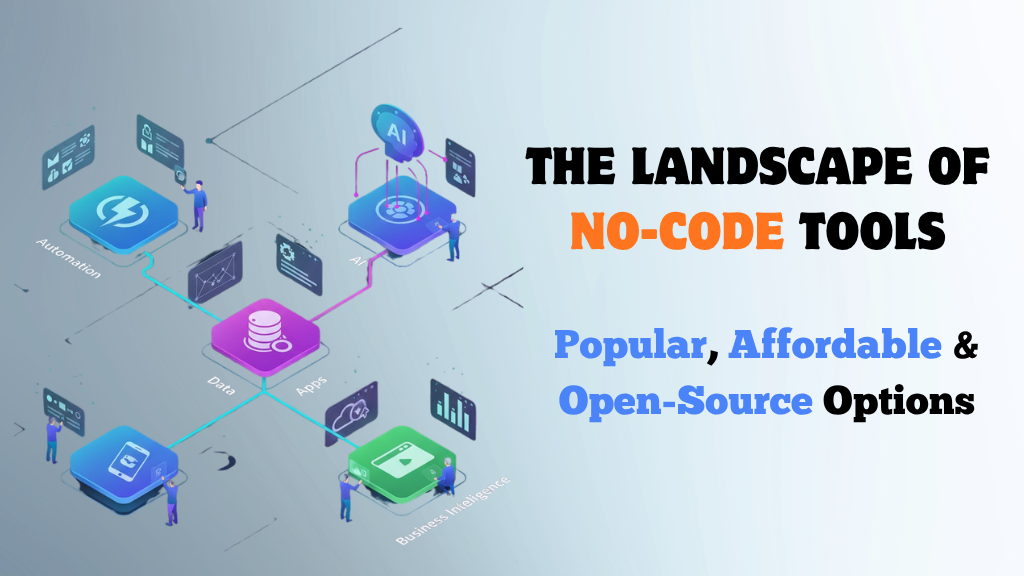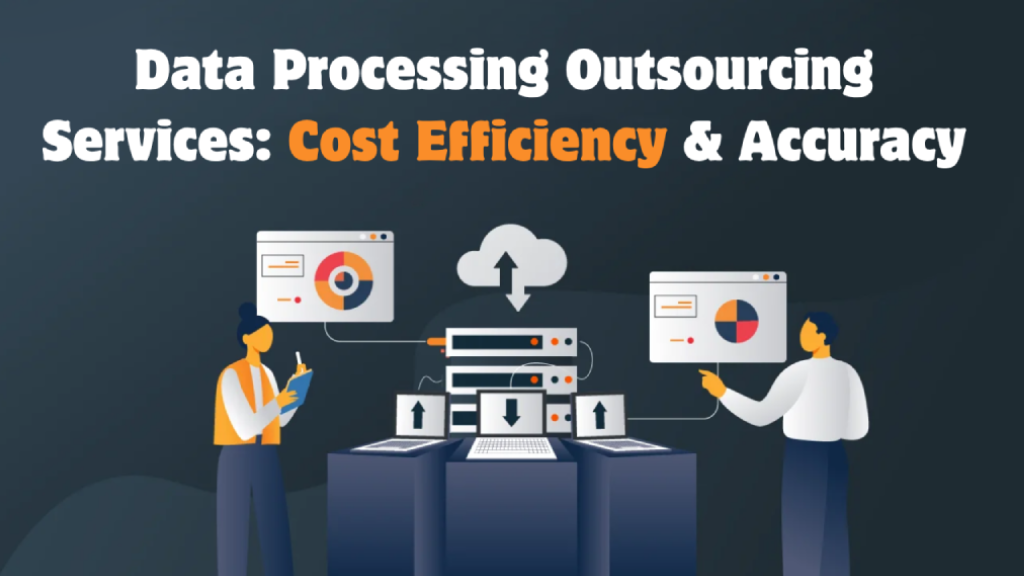The way you handle data can make or break your margins when you have to keep costs down and grow every quarter. Invoices, product catalogs, customer records, and transaction logs are all examples of data that help businesses make decisions, stay in compliance, and keep customers happy. On the other hand, processing that much in-house requires a lot of resources, is hard to scale, and can lead to quality issues that affect the whole business.
This is when you should hire someone else to handle your data processing. When you give specialists a lot of data work that follows rules, often through offshore data services, it turns fixed costs into variable ones. This makes the work more accurate, speeds up turnaround times, and lets your teams focus on more important tasks.
We&apso;ll talk about the pros and cons of outsourcing data processing in this article. We&apso;ll talk about three key metrics that CFOs and operations leaders care about: cost per record, turnaround time (TAT), and accuracy. We&apso;ll talk about the total cost of ownership (TCO) of in-house vs. outsourced models, how to improve processes, and how Moltech provides scalable, high-quality data solutions with a clear return on investment (ROI).
What We Mean by Data Processing Outsourcing
Data processing outsourcing is the practice of delegating data-heavy, rule-based operations to external experts who combine trained human teams with automation. Typical workflows include:
- Data cleansing and standardization
- De-duplication and validation
- Classification and tagging
- Data enrichment and normalization
- Document-to-digital conversion (OCR + QA)
- MDM support and record consolidation
Done well, it’s not just manual labor in a different time zone. It has a structured way of doing things, strict SLAs, quality checks at multiple levels, and built-in ways to make processes better. Think of it as turning raw ore into usable metal on a large scale—quickly, consistently, and at a set cost per unit.
Outsourcing data processing is especially compelling when:
- Volumes are large, spiky, or both
- Accuracy is mission-critical for compliance and analytics
- Internal teams are pulled into repetitive work that dilutes strategic focus
- You need predictable unit economics to forecast and scale
The Cost-Benefit Equation: Accuracy, Turnaround, and Cost Per Record
For most leaders, the ROI case hinges on three variables. Here’s a practical breakdown:
- Cost per record
- In-house costs include salaries, benefits, tooling, infrastructure, management overhead, training, and rework. Even if the labor is “already on payroll,” those hours still carry an opportunity cost.
- Outsourced models are typically pay-as-you-go with volume-based pricing, turning fixed costs into variable ones.
- Accuracy rate (and cost of errors)
- Each error usually triggers a chain reaction: rework time, customer issues, reporting discrepancies, or compliance risk. Assigning a conservative financial value to each error clarifies the math.
- Turnaround time (TAT)
- Faster TAT shortens the operational cycle and speeds up downstream processes—faster marketplace listings, quicker invoicing, more current dashboards, tighter close cycles.
A simple way to compute the monthly total cost:
Total cost = (Records × Cost per record) + (Records × Error rate × Cost per error) + One-time onboarding
Example: Million records per month
- In-house
- Cost per record: $0.12 (labor, tools, QA)
- Error rate: 1.5%
- Cost per error: $4
- Total: (2,000,000 × $0.12) + (2,000,000 × 0.015 × $4) = $240,000 + $120,000 = $360,000/month
- TAT: 10 business days
- Outsourced to experts
- Cost per record: $0.05
- Error rate: 0.3% (multi-tier QA + automation)
- Cost per error: $4
- Total: (2,000,000 × $0.05) + (2,000,000 × 0.003 × $4) = $100,000 + $24,000 = $124,000/month
- One-time onboarding: $10,000 (first month only)
- TAT: 72 hours via follow-the-sun delivery
Savings :
$236,000/month (65% reduction) plus a 7-day cycle-time improvement. This time gain generates second-order benefits: faster revenue recognition, fresher analytics, and improved SLA performance across teams.
- In high-volume operations, every 0.1% reduction in error rate on 2 million records saves roughly $8,000 per month at a $4 rework cost.
- Accuracy—often under-weighted in business cases—has material financial impact.
In-House vs Outsourced: Total Cost of Ownership in Plain English
It’s tempting to compare only hourly rates, but a smarter view is TCO: all-in costs and risks over time.
In-house model :
- Fixed costs: Salaries, benefits, software licenses, management overhead, office space, or remote stipends.
- Hidden costs: Hiring and attrition, training time, learning curve for new data domains, rework due to variability, after-hours spikes, and burnout.
- Scaling constraints: :Adding headcount takes weeks to months; volumes that spike 30–50% month-to-month disrupt other projects.
- Quality variability :Internal teams juggle priorities; QA rigor often erodes in crunch periods.
Outsourced model :
- Variable pricing : Pay per record or per hour aligned to volume.
- Built-in quality : Dedicated QA layers, sampling, and automated validation reduce defects.
- Elastic capacity : Scale up or down without recruiting friction; follow-the-sun shifts accelerate TAT.
- Time-to-value : Established playbooks and tooling shorten onboarding, especially for recurring work.
Risk considerations and mitigation:
- Security and compliance: Look for vendors who operate with strong access controls, encryption, audit trails, and who can work within frameworks like ISO 27001 and SOC 2.
- Business continuity: Ensure documented disaster recovery and secondary sites.
- IP and data governance: Clear data handling policies, data residency options, and NDA-backed protections.
Scalability and Process Optimization with Offshore Data Services
Offshore data services are often synonymous with cost efficiency, but the real advantage is scale plus process optimization.
Data Processing Outsourcing: Common Pitfalls and How to Avoid Them
Avoid these mistakes to protect your ROI:
- Picking on price alone: The cheapest rate can lead to higher rework and missed SLAs. Evaluate cost per accurate record, not just cost per record.
- Fuzzy requirements: Vague rules and edge cases create rework. Invest in crisp SOPs, examples, and a living data dictionary.
- No pilot, no proof: Run a paid pilot against real data. Measure accuracy, TAT, and escalation discipline before committing.
- Weak SLAs and KPIs: Insist on SLAs for accuracy, TAT, and responsiveness. Track accuracy, completeness, uniqueness, and timeliness.
- Security as an afterthought: Verify access controls, encryption, device management, and audit logging. Define what data leaves your environment—if any.
- No feedback loop: Weekly ops reviews and root cause analyses keep quality improving. Without them, defects resurface.
- Where Data Cleansing Fits in the ROI Story: Cleansing is the difference between “processed” and “useful.” It’s not just about correcting typos; it’s standardizing formats, removing duplicates, validating against trusted sources, and enriching incomplete fields.
- Better analytics and forecasting: Decisions made on clean data outperform gut feel and noisy dashboards.
- Compliance and audit readiness: Clean records reduce the risk of fines and restatements.
- Operational efficiency: Teams stop fixing the same issues repeatedly; finance closes faster; marketing targets accurately.
Industry surveys regularly show that poor data quality costs large organizations millions annually, and front-line analysts can spend a significant chunk of their time hunting down and fixing data issues. Outsourcing to experts who treat cleansing as a first-class step prevents those costs from piling up in your org.
How Moltech Delivers Scalable, High-Quality Data Solutions ?
Moltech’s value proposition is simple: lower your cost per accurate record, shorten cycle times, and scale without hiring headaches.
What sets Moltech apart:
- Quality by design: Three-layer QA, gold-standard test sets, and automated validations reduce defects at the source.
- Elastic capacity: Onshore program leads with offshore execution teams deliver 24/7 throughput and consistent SLAs.
- Process optimization: We codify your business rules into clear SOPs, data dictionaries, and playbooks—then we keep improving them through defect analytics.
- Technology-enabled workflows: OCR, dedupe, classification models, referential checks, and API-based validation integrated with your systems.
- Security-first operations: Role-based access, encryption in transit and at rest, device controls, and audit trails. We operate within rigorous governance frameworks and align to industry best practices.
- Transparent economics: Per-record or per-hour pricing with clear accuracy SLAs, so you pay for outcomes.
Conclusion: Turn Data Operations into a Strategic Advantage
Outsourcing data processing to experts isn’t just a cost play. It’s a path to better accuracy, faster cycles, and scalable operations—exactly what operations heads, CFOs, and business owners need in a market that rewards speed and precision.
Treat accuracy as a financial lever, not a technical nice-to-have. Put TAT and cost per record on a dashboard. Run a pilot and let the numbers speak. If the goal is cost efficiency, scalability, and process optimization, the ROI of expert-led, offshore data services is clear.







